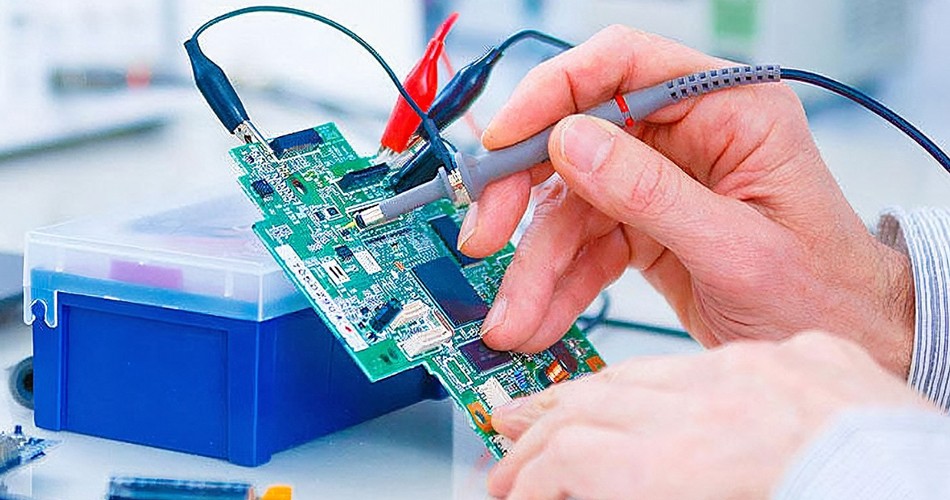- English
- Español
- Português
- русский
- Français
- 日本語
- Deutsch
- tiếng Việt
- Italiano
- Nederlands
- ภาษาไทย
- Polski
- 한국어
- Svenska
- magyar
- Malay
- বাংলা ভাষার
- Dansk
- Suomi
- हिन्दी
- Pilipino
- Türkçe
- Gaeilge
- العربية
- Indonesia
- Norsk
- تمل
- český
- ελληνικά
- український
- Javanese
- فارسی
- தமிழ்
- తెలుగు
- नेपाली
- Burmese
- български
- ລາວ
- Latine
- Қазақша
- Euskal
- Azərbaycan
- Slovenský jazyk
- Македонски
- Lietuvos
- Eesti Keel
- Română
- Slovenski
- मराठी
- Srpski језик
24 Common Hardware Tools for PCBA Electronic Engineers
PCBA (Printed Circuit Board Assembly) Electronic Engineers usually need to use various tools for design, testing, maintenance and production in the process of electronic hardware design and manufacturing. The following are 24 commonly used hardware tools:

1. Oscilloscope:
Used to observe and analyze the waveform and time domain characteristics of electrical signals.
2. Multimeter:
Used to measure voltage, current, resistance and other electrical parameters.
3. Logic Analyzer:
Used to analyze and debug signals of digital circuits.
4. Power Supply:
Used to provide power supply voltage and current to the circuit board.
5. Function Generator:
Generate various waveforms for testing and debugging circuits.
6. Power Analyzer:
Used to measure and analyze power performance, efficiency and waveforms.
7. Spectrum Analyzer:
Used to analyze the spectral characteristics of signals, especially in RF and communication applications.
8. Thermal Imaging Camera:
Used to detect thermal problems and heat dissipation performance on circuit boards.
9. Soldering Iron:
Used to solder electronic components and connect circuits.
10. Hot Air Rework Station:
Used to solder and re-solder SMD components.
11. Desoldering Pump or Braid:
Used to remove solder and solve cold solder joint problems.
12. PCB Fabrication Equipment:
Including cutting machines, milling machines and drilling machines, etc., used to manufacture and process circuit boards.
13. Schematic Design Software:
Software used to create circuit diagrams and schematics.
14. PCB Layout Software:
Used to design and layout printed circuit boards.
15. Soldering tools and auxiliary materials (Soldering Accessories):
Including solder, solder pads, solder paste, solder rods, etc.
16. Debugging tools:
Including logic analyzers, oscilloscopes, multimeters, etc., used to check and repair circuit problems.
17. Magnetometer:
Used to detect electromagnetic interference and magnetic field strength.
18. PCB Test Fixture:
Used to test and diagnose the performance of circuit boards.
19. Electrostatic discharge (ESD) protection tools:
Including static eliminators, ESD gloves and ESD mats, etc., used to prevent electrostatic discharge from damaging electronic components.
20. PCB cleaning tools:
Used to remove dirt and residual substances on PCBs.
21. External sensors:
Such as temperature sensors, humidity sensors, light sensors, etc., used to test the parameters of the environment around the circuit board.
22. PCB fixing tools:
Such as PCB clamps, suction cups, etc., used to fix circuit boards for work.
23. Pad repair tools:
Used to repair pads, vias and wires.
24. Safety equipment:
Including goggles, anti-static clothing and respirators to ensure work safety.
These tools play an important role in the work of electronic engineers, helping them with circuit design, prototyping, testing and repair work. Depending on the specific project and task, engineers may use different combinations of tools.
Send Inquiry
-
Delivery Service






-
Payment Options









